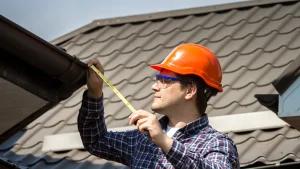
Roof Inspections in Miami 2025: Why They’re Vital and How to Save Thousands
With the ever-present threat of hurricanes and unique climate challenges, roof inspections are no longer optional in Florida—they’re essential.
Seeing stains or discoloration on your roof’s shingles can be a source of concern for any homeowner.
We know how frustrating it can be to see your home’s aesthetic compromised, and even more so, to wonder if these superficial changes hide more serious structural problems.
In a city like Miami, where high humidity, frequent rain, intense heat, and the constant threat of hurricanes are the norm, the climate’s impact on your roof’s condition is undeniable.
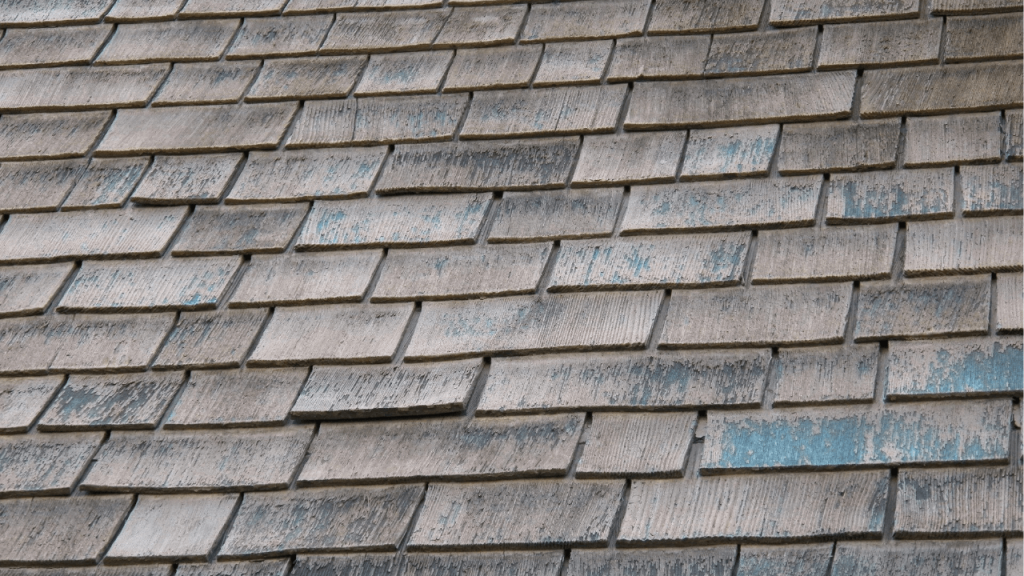
Get a no-obligation quote today
Simply fill out the form below and take the first step toward expert service.
Asphalt shingle discoloration can manifest in various ways, from dark stains to a general fading of color. Understanding the cause is key to finding the right solution.
Accumulated humidity is one of the main culprits. In a humid climate like Miami’s, water can pool in certain areas of the roof, especially if there’s insufficient slope or debris preventing drainage. This water retention creates an ideal environment for microorganism growth.
Algae and fungi growth is very common in warm, humid areas like Miami. The dark or greenish stains often seen on roofs are, in many cases, colonies of algae (Gloeocapsa magma, a blue-green alga) that thrive on the shingle surface, feeding on the limestone fillers present in many roofing materials.
Rust stains from metal roof components like vents, chimneys, or other metal accessories can leave reddish or orange streaks on shingles as water washes oxidized particles down.
Natural aging and wear are inevitable. Over time, constant exposure to Florida’s intense UV rays, along with heating and cooling cycles, degrades the protective granules on asphalt shingles, resulting in color fading and a worn appearance.
Stains from leaks or poor attic ventilation can also contribute. If your attic isn’t well-ventilated, the buildup of heat and moisture inside can accelerate shingle deterioration from below, or even cause condensation that manifests as stains on the exterior. Water leaks through the roof deck can leave unsightly traces as the water evaporates, leaving behind minerals and dirt.
Ignoring your roof’s discoloration goes beyond mere aesthetics. It can have significant consequences:
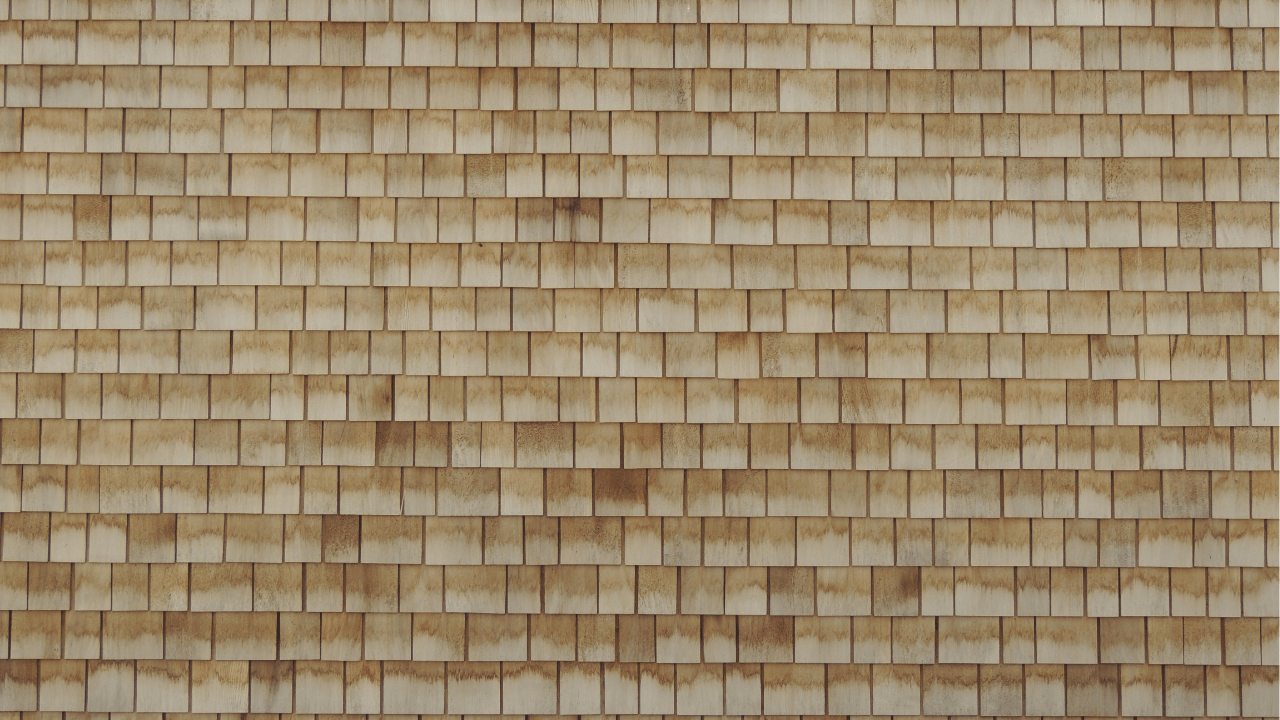
Fortunately, there are several solutions to address asphalt shingle discoloration, depending on the cause and extent of the problem:
Given Miami’s unique climate, investing in roofing materials that offer greater resistance to moisture, UV rays, and biological growth is a smart decision. Advanced composition shingles or premium synthetic shingles are excellent choices.
These materials are designed to resist mold, UV rays, and moisture-induced wear much more effectively than traditional asphalt shingles.
Examples include synthetic cedar shingles that mimic the look of wood without its drawbacks, or Spanish tile imitation shingles that offer the aesthetic of clay tiles without their weight and fragility.
These options not only improve your roof’s durability but also maintain its impeccable appearance for much longer.
Concerned about your roof’s condition? At Roofing Nation, we’re here to help.
Our team in Miami is ready to assess your roof and offer you the best solution—from cleaning to full replacement with discoloration-resistant materials.
Contact us today for a free inspection and protect your investment.
Algae or ambient humidity can cause stains even without direct vegetation. Algae spores are carried by wind and rain, and Miami’s high humidity is a key factor in their proliferation.
Not always, but it can be a sign of bigger problems if left unaddressed. Discoloration can indicate that the shingle surface is deteriorating, which could eventually compromise its ability to repel water.
Only if used with the proper dilution and applied by a professional. Incorrect concentration or improper application can damage shingles and surrounding vegetation.
Between 15 and 25 years, depending on maintenance, material quality, and exposure to the region’s extreme weather conditions.
It’s not recommended. Painting shingles can affect their ability to vent, trap moisture, and void manufacturer warranties. Additionally, paint can peel or crack over time.
If they appear very soon, it may be due to algae. Professional cleaning is recommended, and you should consider if the shingles have adequate protection against algae growth.
Synthetic materials, metal, or concrete tiles with anti-fungal treatment. These materials are designed to better withstand humidity, UV rays, and biological growth.
Yes, we provide personalized service in Miami and its surrounding areas. Contact us to verify coverage in your specific location.

With the ever-present threat of hurricanes and unique climate challenges, roof inspections are no longer optional in Florida—they’re essential.
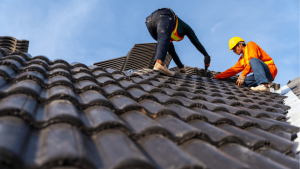
In a state like Florida, particularly Miami, where storms are a constant threat, regular roof maintenance isn’t a luxury; it’s a vital necessity to protect your home and your wallet in 2025.

This guide will provide you with the tools needed to ensure your hurricane roof damage claim gets approved in 2025.

Discover how to leverage tax credits for your new roof in Miami. Do you qualify for 30% savings? We explain step-by-step. Get your free estimate!
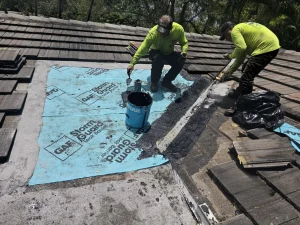
In this 2025 guide, we’ll analyze the three main types of underlayment (asphaltic, synthetic, and self-adhering), their advantages in tropical climates, and the red flags every homeowner should know before hiring a roofing service.
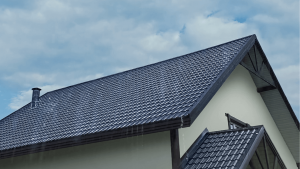
Based on hundreds of projects, we answer the 5 most frequent inquiries we receive, with details on installation times, rain policies, flexible payment options, and warranty coverages according to the 2025 code.
® All rights reserved,
Roofing Nation LLC.
10830 NW 138th St #1, Hialeah
Gardens, FL 33018
(Monday – Sunday)
© Copyright Roofing Nation. All Rights Reserved 2025